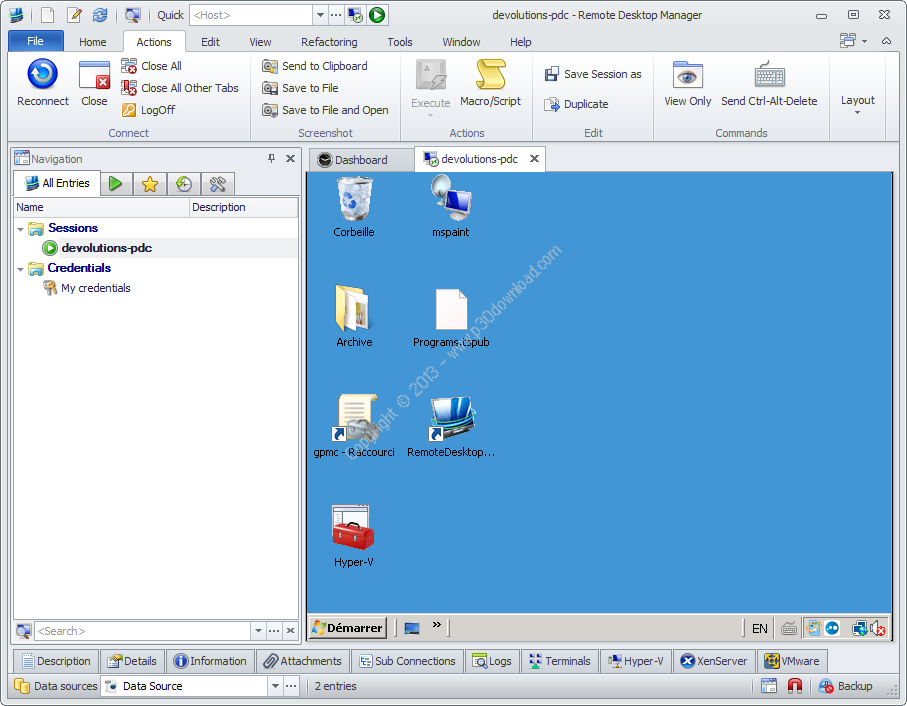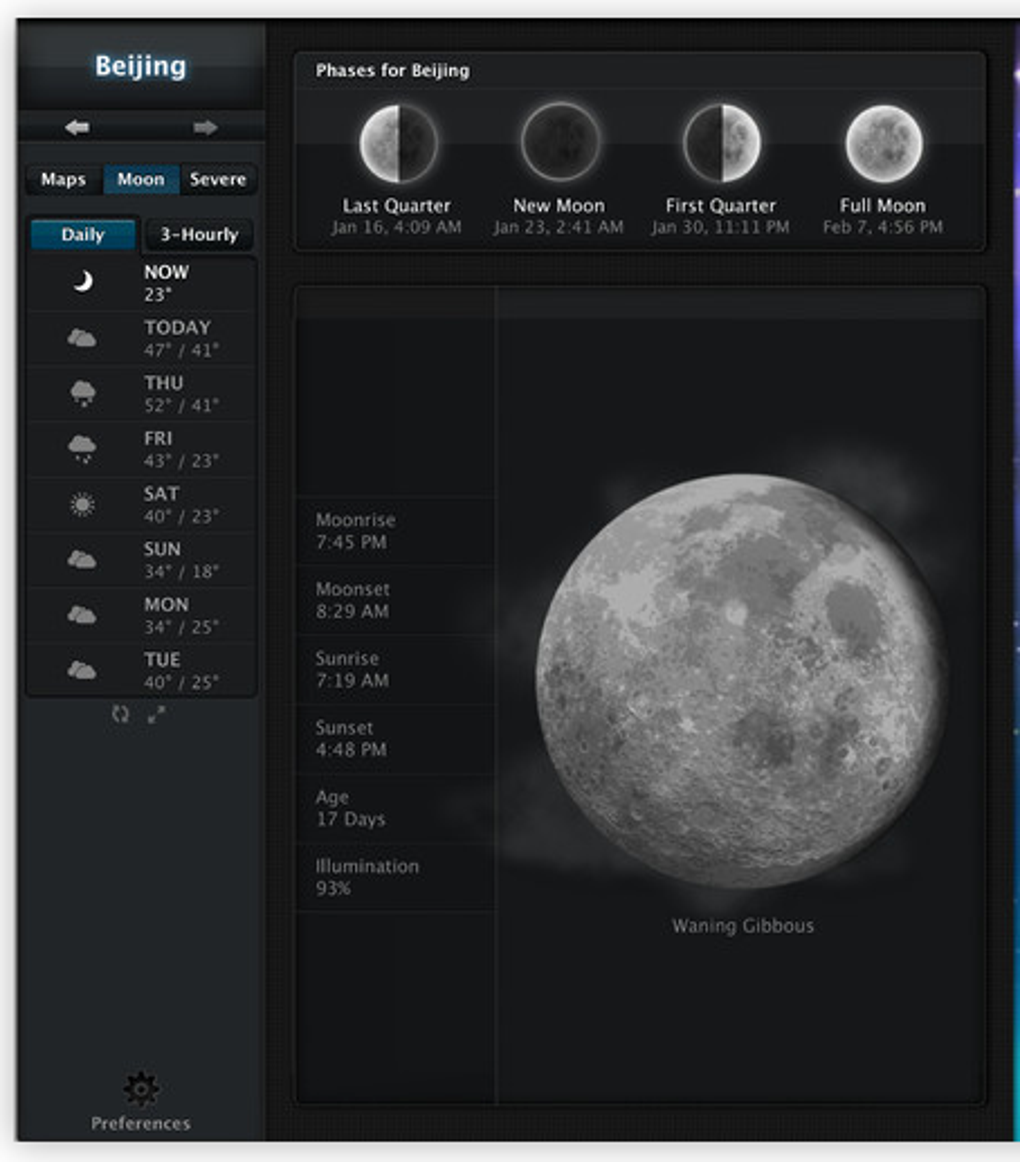

desktop file, but may ship icons, nonetheless. desktop file most certainly contain an icon or a set of icons, there is sometimes the case when a developer has not created a. icns container, you can use icns2png (provided by libicns):Īlthough packages that already ship with a. usr/share/vlc/vlc48x48.ico ICO 32x32 32x32+0+0 8-bit DirectClass 84.3kbĪs you can see, the example ico file, although its name might suggest a single image of size 48x48, contains no less than 6 different sizes, of which one is even greater than 48x48, namely 128x128.Īlternatively, you can use icotool (from icoutils) to extract png images from ico container:įor extracting images from. If you want to know the size of the image, or the number of images in a container file like ico you can use the identify tool (also part of the imagemagick package): If you convert from a container format like ico, you will get all images that were encapsulated in the ico file in the form -.png. If you stumble across an icon which is in a format that is not supported by the standard (like gif or ico), you can use the convert tool (which is part of the imagemagick package) to convert it to a supported/recommended format, e.g.: $ update-desktop-database ~/.local/share/applications To make desktop entries defined in ~/.local/share/applications work, run the following command: $ desktop-file-install -dir=$HOME/.local/share/applications ~/app.desktop
#Desktop icon manager freeware install
Use desktop-file-install(1) to install desktop file into target directory. This will give you very verbose and useful warnings and error messages.

This should be avoided, as it will only be confusing to users. Name, GenericName and Comment often contain redundant values in the form of combinations of them, like:.Version key does not stand for the version of the application, but for the version of the desktop entry specification to which this file complies.Key definitionĪll recognized entries can be found on the freedesktop site.įor example, the Type key defines three types of desktop entries: Application (type 1), Link (type 2) and Directory (type 3). # Describes the categories in which this entry should be shown # Describes whether this application needs to be run in a terminal or not # The name of the icon that will be used to display this entry # The executable of the application, possibly with arguments. # The path to the folder in which the executable is run # A comment which can/will be used as a tooltip # The version of the desktop entry specification to which this file complies The complete list of keys can be found in the freedesktop specification.
#Desktop icon manager freeware how to
The example is only meant to give a quick impression, and does not show how to utilize all possible entry keys. User entries take precedence over system entries.įollowing is an example of its structure with additional comments.

These files usually reside in /usr/share/applications/ or /usr/local/share/applications/ for applications installed system-wide, or ~/.local/share/applications/ for user-specific applications. desktop files, are generally a combination of meta information resources and a shortcut of an application. The following sections will roughly explain how these are created and validated.ĭesktop entries for applications, or. Directory Defines the appearance of a submenu in the application menu.
With XDG Autostart Application entries can be started automatically by placing them in specific directories. The XDG Desktop Entry specification defines a standard for applications to integrate into application menus of desktop environments implementing the XDG Desktop Menu specification.Įach desktop entry must have a Type and a Name key and can optionally define its appearance in the application menu.Īpplication Defines how to launch an application and what MIME types it supports (used by XDG MIME Applications).


 0 kommentar(er)
0 kommentar(er)
